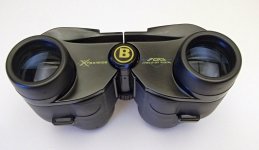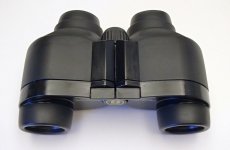dries1, post 45,
The Bushnell 7x32 has an FOV of 233m/1000m, close focus of 2,9 m and an eyerelief of 9 mm (!), transmission 76-77% and costs 30-80 euros on the used items market.
Compare that with the Libra 6x30, close focus 6,2 m, FOV 200m/1000m, eyerelief 12 mm, transmission around 62%, price 15-40 euros or
the Libra 4x22, 386 gr, close focus 2 m, FOV 30m/1000m, eyerelief 13 mm, transmission around 64%, price 15-30 euros.
Another price range are the Leitz Amplivd 6x24 and the Leitz Trinovid 6x24 (both FOV 212m/1000m)
So you do not need a heavy purse to realise purchase of a binocular with a large FOV, see also the test results of these binoculars on the WEB-site of House of Outdoor of binoculars with a large FOV.
Gijs van Ginkel






